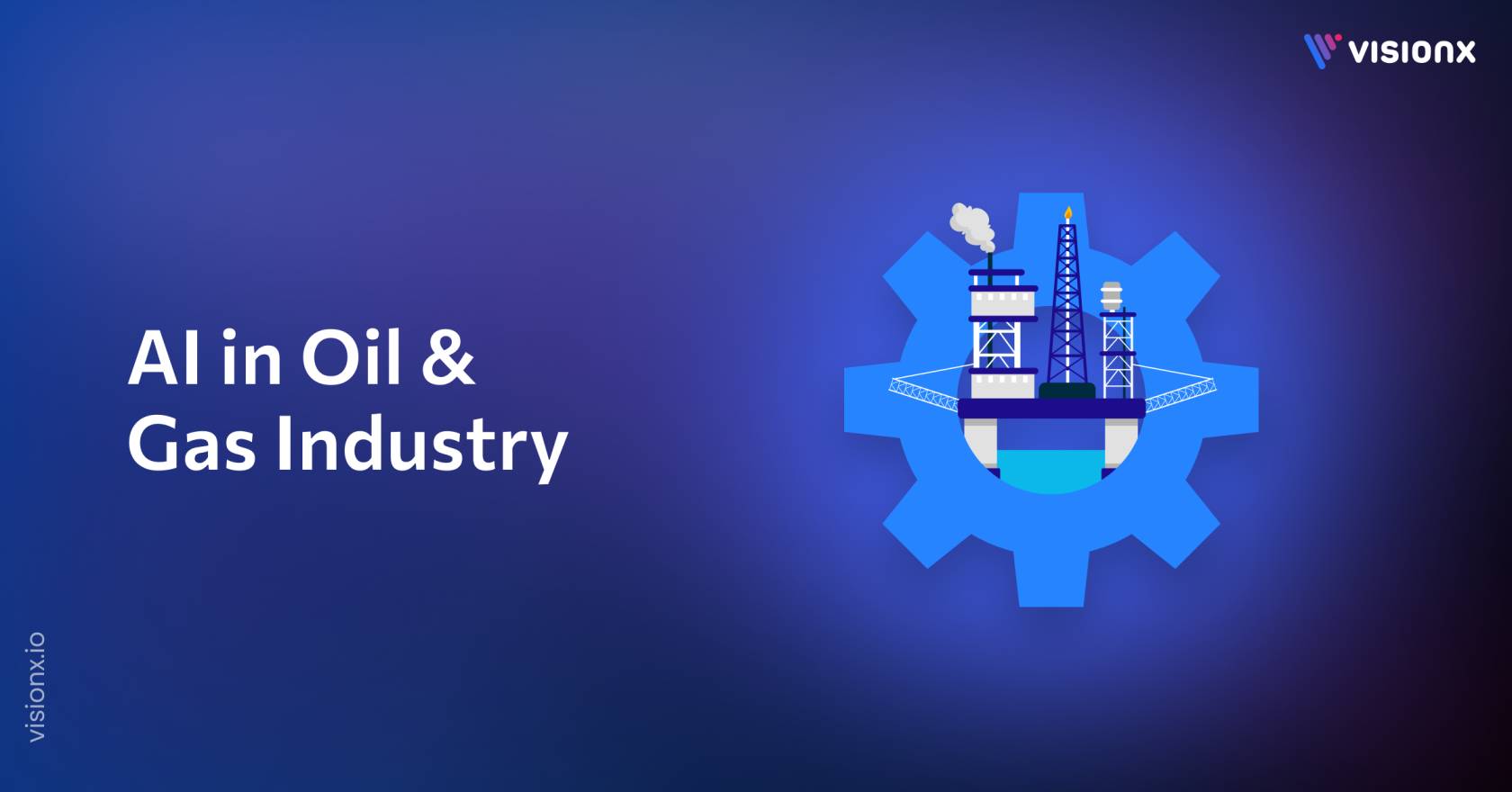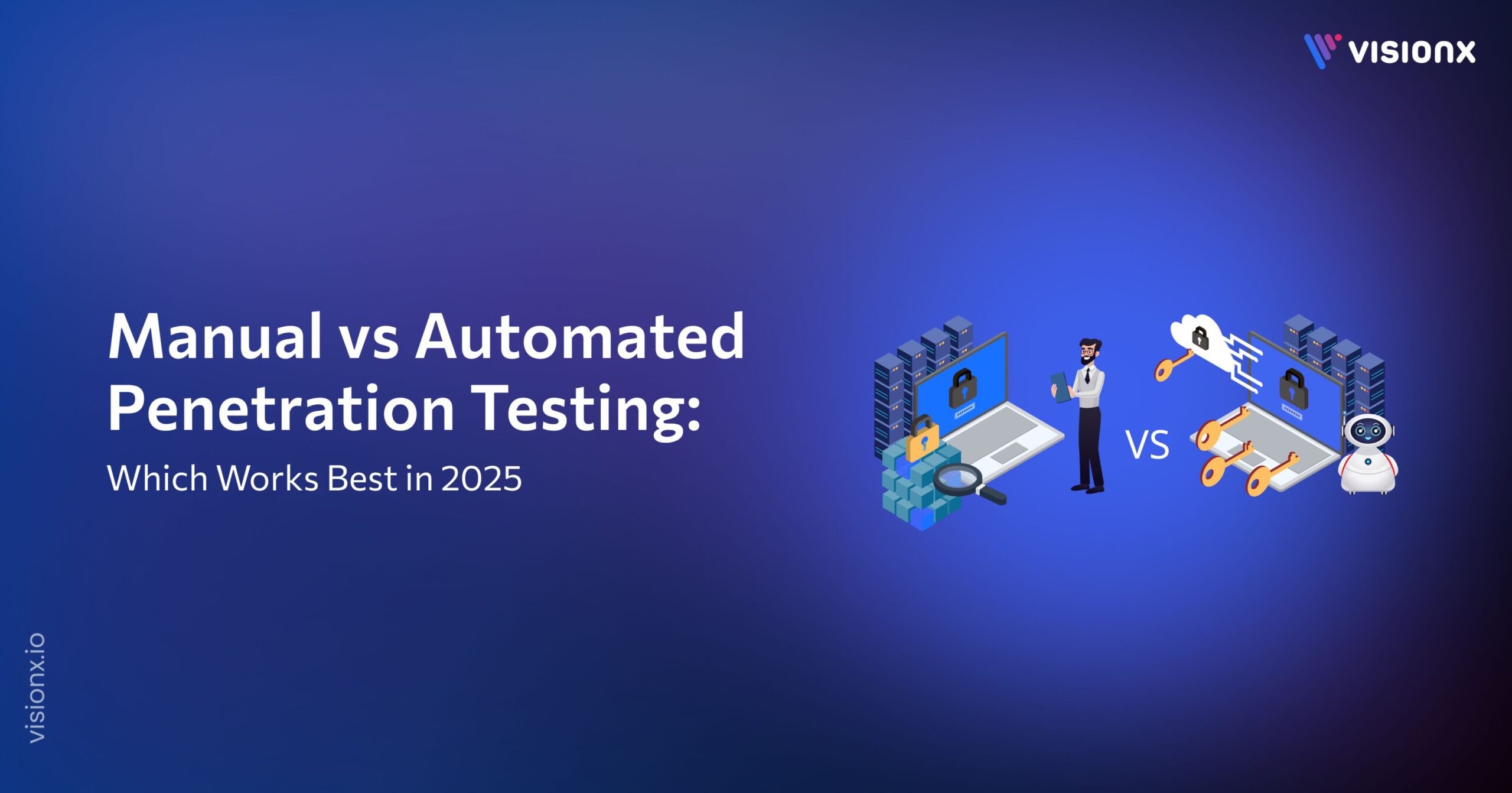More than 90% of the world’s energy still comes from oil, gas, and coal. But a lot of what’s left isn’t easy to reach. It’s trapped deep under rock, ocean floors, and remote terrain. As the wells dry up, oil and gas companies face bigger costs, tougher drilling zones, and growing pressure to shrink carbon footprints.
To face these new demands, oil and gas executives have begun to adopt artificial intelligence in oil and gas exploration. These systems help experts read seismic data, adjust drilling parameters, and prevent breakdowns through predictive maintenance. With access to vast amounts of data, these AI-powered tools allow better results, stronger safety, and faster decision paths.
In this post, you’ll see how artificial intelligence in oil and gas exploration works and what’s holding it back.
Understanding the Role of AI in Oil and Gas Exploration
AI in oil and gas refers to the use of advanced technologies that can analyze large volumes of data, recognize complex patterns, and support critical decisions across exploration, drilling, production, and maintenance. These technologies include machine learning models, AI algorithms, digital twins, and real-time monitoring systems.
With artificial intelligence in oil and gas, exploration teams can accurately read seismic data, map underground structures, and find reserves. Likewise, adjusting drilling parameters, fault detection, and predictive maintenance increases field teams’ efficiencies. AI has proven itself as beneficial in its ability across all fronts in terms of waste elimination, cost-cutting, and how safe an operation turns out.
This is critical because the oil and gas sector deals with increased costs, reduced profit margins, and mounting pressure to lower carbon emissions. Companies can improve their performance, use more complex systems, and utilize real-time data, all with the proper AI tools, and gain deeper insight.
The global AI in oil and gas market is projected to reach USD 3.54 billion in 2025 and grow to USD 6.4 billion by 2030, at a CAGR of about 12.6%. This level of impact explains why the AI in oil and gas market continues to grow at a rapid pace.
How AI Works in Oil and Gas Exploration and Production
Below are two core areas where AI in oil and gas adds real value.
Seismic and Geological Interpretation
Seismic surveys produce massive layers of data that can feel overwhelming. But with AI, you don’t have to dig through it manually. AI reads seismic data, identifies subsurface faults, and shows where to focus your efforts.
You can use AI algorithms to trace wave paths, study reflections, and highlight zones that match high-potential reservoirs. This gives you more clarity, faster results, and fewer wasted steps.
AI in oil and gas exploration helps you reduce missed targets and improve success rates before a single rig touches the ground.
Reservoir Modeling and Predictive Forecasting
Once you’ve confirmed a prospect, AI helps you build an accurate reservoir model. You can feed it data from well logs, seismic layers, and production records. AI then maps out pressure zones, flow paths, and rock layers to show you what to expect.
Tools like transformer models and generative AI development now let you test multiple scenarios. You can forecast how the reservoir may respond to different field plans before you commit resources. This helps you choose the right strategy, avoid costly errors, and meet production goals with more control.
Interesting Use Cases of AI in Oil and Gas Industry
The following artificial intelligence use cases in oil and gas industry show how companies now apply AI in oil and gas to solve tough field problems.
Seismic Image Analysis and Lower Shot Counts
Seismic surveys used to take weeks, and there was still some degree of uncertainty left. Now, AI in oil and gas exploration has made it possible for you to process complex seismic data with more clarity and speed. AI models help you identify faults, map subsurface layers, and reduce the number of shots you need in the field. That means lower survey costs and fewer environmental disruptions, without losing accuracy.
Autonomous Drilling and Real-Time Control
If your team manages complex wells, you know how quickly things can change below the surface. AI in oil and gas industry gives you actual data on what is happening downhole. These systems track pressure and rock type as they change, then guide drill path decisions on the spot. This helps you avoid tool failure, cut delays, and stay ahead of the curve.
Predictive Maintenance and Equipment Health
No one wants to deal with surprise breakdowns. AI applications in oil and gas industry workflows can get you early warnings before something goes wrong. AI systems flag shifts in vibration, heat, or pressure that point to wear or stress. That means your team can plan repairs before a shutdown hits, save on maintenance costs, and keep assets running longer.
Robotics and Drones in Hard-to-Reach Areas
Some places in the field just aren’t safe to access. In those cases, robotics and drones handle inspections that once required manual entry. They inspect flare stacks, tanks, and deep water assets while your team stays at a safe distance. AI reads the visual data from these tools, spots rust or corrosion, and gives you a clear picture of what needs attention. You save time, limit risk, and avoid unnecessary manual checks.
Computer Vision in Oil and Gas Exploration
Computer vision uses AI to make sense of images and video from the field. Whether it’s a drone feed over a pipeline or a camera inside a facility, AI scans those visuals to detect leaks, surface damage, or safety issues. Some systems link with digital twins to update your visual model in real time. This kind of visibility helps your team act fast, stay safe, and improve accuracy across the board.
Benefits of Using AI in Oil and Gas Operations
Here’s what you actually gain from applying AI in oil and gas operations.
Lower Maintenance Costs and Fewer Setbacks
AI tools study data from pumps, valves, pipelines, and sensors. They detect patterns that point to wear or failure. Instead of waiting for something to break, you know where to look and what to fix before a problem causes downtime. This saves money, protects assets, and avoids last-minute repair work.
Faster Field Decisions With More Clarity
Geological data, well logs, and flow rates all tell a story, but only if you can sort through the noise. AI helps you get quick access to the details that matter. This helps your team plan next steps with more confidence and less delay. In tight schedules and tough wells, speed with clarity makes all the difference.
Safer Inspections With No Manual Exposure
You don’t have to send people into risky spaces just to check for rust or leaks. AI works with robotics and computer vision systems to scan equipment, tanks, and pipelines from a safe distance. These tools capture real visuals, highlight surface damage, and provide a full view of areas your team once avoided.
More Control in a Fast-Moving Market
AI in oil and gas industry allows you to gain real-time awareness across your sites. This helps you adjust strategy, protect margins, and act with purpose when markets shift or assets require attention. When paired with tools like computer vision and remote sensors, AI becomes a partner in every field decision.
Challenges in Implementing AI in the Oil and Gas Industry
AI in oil and gas has proven its value, but putting it to work inside real operations often comes with roadblocks. The tools are strong, but only if companies know how to build around them. Here are three of the biggest hurdles most teams face.
1. Weak Data Foundations
Most AI models depend on timely, complete, and structured data. In the oil and gas industry, data often sits in outdated systems, spread across departments, or locked in formats no longer in use. Without clean data, AI in oil and gas exploration can’t perform at its full potential.
How to solve this issue:
Start with a data audit. Know what data exists, where it sits, and who owns it. Standardize formats. Use edge devices and sensors to collect real-time field data. Once the data is reliable, AI in oil and gas exploration can do its job.
2. Skill Gaps Inside the Workforce
To succeed with AI applications in oil and gas industry settings, you need more than software. You need people who understand the tools and the field. Many firms lack workers who can bridge both sides. This slows down progress, causes confusion, and blocks long-term results.
How to solve this issue:
Train domain experts in AI concepts, not just tools. Build cross-functional teams, pair AI engineers with field veterans. Bring in use cases from similar firms. Once crews see how AI solves their daily issues, momentum picks up.
3. Hesitation to Trust New Systems
Trust is a real barrier. Field crews, engineers, and decision makers often stick to what has worked before. If AI feels too complex or too far removed from day-to-day work, adoption stalls. Without strong support from leadership and hands-on examples, even the best AI for oil and gas companies may sit unused.
How to solve this issue:
Start small. Pick one use case that solves a clear pain point, like reducing asset failures or helping with well placement. Show results, then scale. Strong use of AI applications in oil and gas industry settings comes from field-tested wins, not top-down pressure.
Case Studies and Real‑World Examples
Here are two compelling case studies of artificial intelligence in oil and gas that have both made the transition from proof-of-concept to tangible results.
ADNOC’s AI Value Creation
Abu Dhabi National Oil Company (ADNOC) rolled out over 30 AI tools across its operations. That effort delivered USD 500 million in additional value. AI systems helped with reservoir management, drilling optimization, and quick monitoring of field assets. The tools also prevented nearly one million tonnes of CO₂ emissions, matching the impact of removing about 200,000 cars from the road.
Permian Basin Productivity Gains
In the Permian Basin, AI tools cut the time between seismic survey and well planning from 18 months to just 18 days. That change alone enabled major offshore discoveries and faster project execution. One AI model even helped save USD 170 million by identifying a geological fault early, before a well-drilling decision went ahead.
Future of AI in Oil and Gas
This is what the future of AI in Oil and Gas looks like:
Wider Use of Generative AI in Technical Workflows
Generative AI will support engineers and field teams with fast access to structured reports, reservoir analysis, and well path proposals. These tools will help teams move through complex tasks with more accuracy and less manual effort. Instead of building models from zero, users will guide AI through edits and refinements.
Full Integration of Computer Vision Across Assets
Visual data will gain new value. Through strong camera systems and edge devices, firms will monitor rigs, tanks, pipelines, and wells in real time. Computer vision in oil and gas will detect safety risks, surface faults, and equipment stress with no manual inspection required. This will reduce safety exposure and improve decision speed.
AI as a Strategic Layer for Field and Market Planning
AI will support long-range planning, not just field automation. It will link asset performance, production targets, and market data into a single view. Leaders will rely on AI for oil and gas system modeling to adjust capital plans, assess risk, and track return on investment across the full asset lifecycle.
Better Human and Machine Collaboration
The role of AI will not be to replace human expertise but to extend it. Through human and machine collaboration, teams will rely on immediate alerts, fast model testing, and smarter decision support. AI will remove noise, surface key data, and let teams focus on tasks that require experience and judgment.
How Can VisionX Help?
If your team is serious about moving from idea to impact with AI, VisionX is ready to support you.
We work with oil and gas companies to build AI solutions that focus on real outcomes. That includes early fault detection, visual asset tracking, field data analysis, and full visibility across operations. Our solutions are tailored to your needs and your environment, not forced into a standard platform.
VisionX supports advanced tools like computer vision, field-ready AI models, and intelligent alert systems. These tools help your team make faster decisions, reduce exposure, and improve asset performance without adding extra complexity.
If you want to move forward with AI that fits the field and not just the screen, VisionX can help you take that next step.
FAQs
What is generative AI in oil and gas exploration?
Generative AI uses existing geological and operational data to build subsurface models, simulate drilling plans, and propose optimal well paths. It helps reduce uncertainty, save time, and support better decisions before fieldwork begins.
How is AI used in the oil and gas industry?
AI supports key areas such as exploration, asset management, safety, and production planning. It reads seismic data, detects equipment stress, tracks emissions, and gives teams faster, clearer insight into operations across the board.
What is the impact of using AI in an oil and gas refinery?
AI improves visibility across systems, helps reduce unplanned shutdowns, and supports energy efficiency. It tracks sensor data, flags performance issues, and gives operators the tools to manage risk, minimize waste, and raise output.
About Author

M. Waqas Mushtaq is the Co-Founder and Managing Director of VisionX, whose passion for innovation fuels the company’s growth. Under his strategic direction, VisionX promotes a culture of excellence, solidifying its position as an industry leader.


